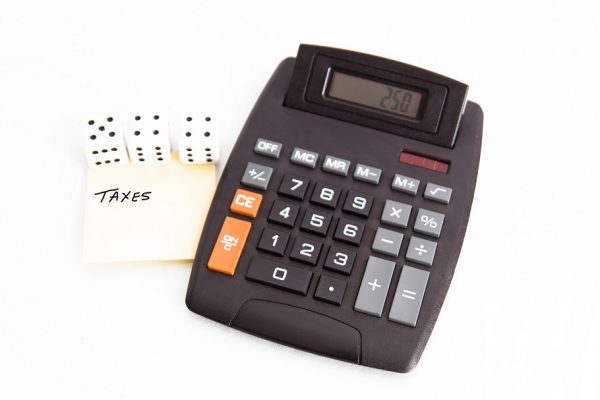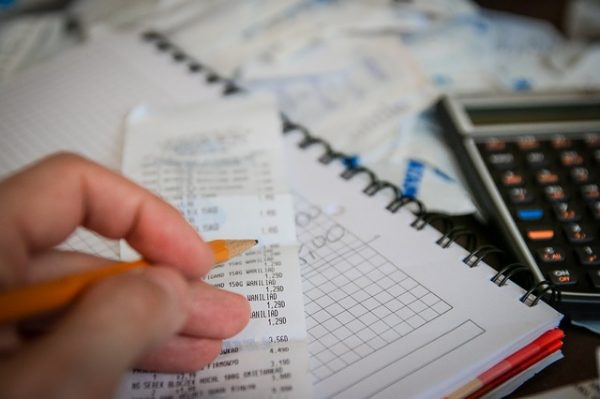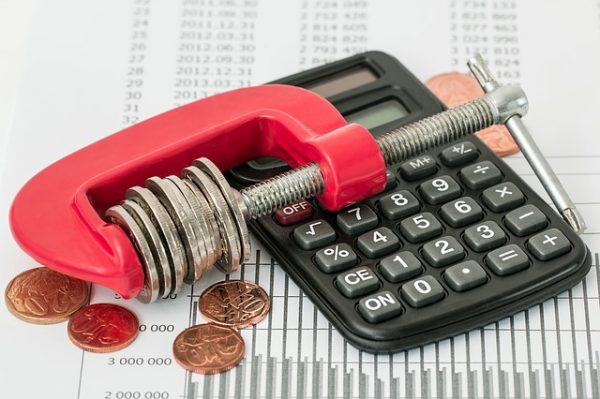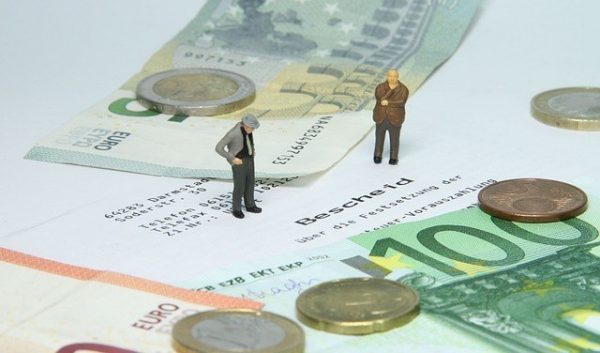
The Value Added Tax (VAT)
is one of the main taxes paid in Spain and that all commercial companies or individuals have to satisfy.
The importance of calculation is increasing because, as an indirect tax, it affects professionals and individuals alike.
What many people do not know is that there are two types of VAT; the input and the output. The difference between them is in who is the seller and the customer or recipient of the product or service, as well as how to calculate them.
In this article of AYCE Laborytax we are going to explain what is the
input VAT
and the
output VAT,
how you have to calculate both amounts and the differences between both concepts.
You are interested in:
If I have had no income or expenses, should I declare quarterly VAT?
What is input VAT?

Input VAT is the amount of this tax that is included when the consumer has to buy a good or service, whether he is a natural person or a commercial company.
A company or self-employed person will always have to record the amount borne in the tax settlements.
How to calculate input VAT?
To
calculate the input VAT,
it is necessary to take into account the taxable base of the good and / or the service, its price without including taxes.
From there, it will have to be taken into account if the super reduced rate (4%), reduced (10%) or general (21%) is applied.
Depending on whether the settlement is monthly or quarterly,you will have to add vat on all purchase invoices related to the company.
The super reduced rate includes basic food products (milk, eggs, fruits and vegetables, bread), books, medicines and VPO.
The reduced rate includes processed food products, hospitality services, free housing, agricultural products, soft drinks and medical instruments.
Finally, the general rate includes all those goods and services that are not expressly included in any of the cases indicated above.
The deduction of input VAT
Input VAT can be deducted when the monthly or quarterly VAT settlement is made,but on the condition that it responds to expenses related to the company’s activity.
This means that a computer scientist could not deduct as VAT the purchase of a refrigerator,but the purchase of a computer or a printer, for example. If you have doubts about the attribution of VAT for private or professional use, the ideal would be to consult a tax advisor.
The Treasury establishes that the expenses incurred necessary to carry out the professional activity may be deducted,as long as they comply with the requirements set out in the VAT Law:
- The payment must be directly related to the professional activity being carried out.
- The expenses incurred must be considered as deductible.
- The deduction can only be made by companies or self-employed workers.
- Expenses cannot correspond to the exclusions and restrictions of the right to deduct, recorded in Article 96 of the VAT Law.
It is mandatory that the expenses are accompanied by their corresponding invoice,since in this way the Tax Agency can justify that they correspond to the business activity.
All these deductible expenses must appear on form 303,specifically in the lines corresponding to the deductible VAT (from 28 to 44).
What is output VAT?

The output VAT is the amount of this tax that is included in the invoices for the sale of a good or service, since it is the final customer who has to pay it.
Except for very localized exceptions, you will always have to pass on the VAT because you will have to invoice.
How to calculate the output VAT?
The calculation system is similar to that of this tax when it is borne.
It is necessary to take as a reference the taxable base and, from there, apply the corresponding percentage depending on the type of product or service.
You will have to add the amounts of this tax in the sales of the corresponding settlement period.
Payment of output VAT
Output VAT will be paid when this amount is higher than the amount we have borne from the tax in a quarter or month.
In this case, the deadlines to pay the difference when quarterly settlement is made are April 20, July 20, October 20 and January 30; that is, the month following each quarter. In the case of monthly settlements, except in January, the limit is the 20th of the following month.
Differences between input VAT and output VAT

The quarterly VAT return is mandatory for any entrepreneur or self-employed worker. It is presented through form 303, where the VAT of all the operations carried out during the last three months must be recorded and justified, differentiating between the input VAT and the output VAT.
The main differences between input VAT and output VAT are in the nature of each case. The input tax is an amount that the company is paying, while the repercussion refers to the collections it is making. From there, the practical consideration differs completely.
To be clear, your output VAT will be your customer’s input VAT. It is important that there is no doubt so as not to make mistakes when completing the form 303 of the Tax Agency, where you will make the settlement when appropriate, taking into account the difference between the two that can be in favor of the supported or the reverbered.
If the amount of OUTPUT VAT is higher than that incurred, the entrepreneur will have to pay the difference
to the Tax Agency because he will have a VAT to be paid.
On the other hand, if the input VAT is higher than the one passed on, you will have VAT to compensate that you can deduct in the following settlement periods and only at the end of the year you will be entitled to the cash refund upon request.
Another fundamental difference that you have to remember is that the output VAT will always have to be returned tothe Treasury, while the input VAT can only be deducted in certain defined cases.
conclusion
Input
VAT and output VAT
are the two aspects of this tax and knowing them is essential to avoid problems that entail administrative sanctions.
If you have a business and doubts about how to settle this tax,we recommend that you consult
AYCE Laborytax
and its team of consultants specialized in Tax Law. We can help you pay only what you have to pay.








